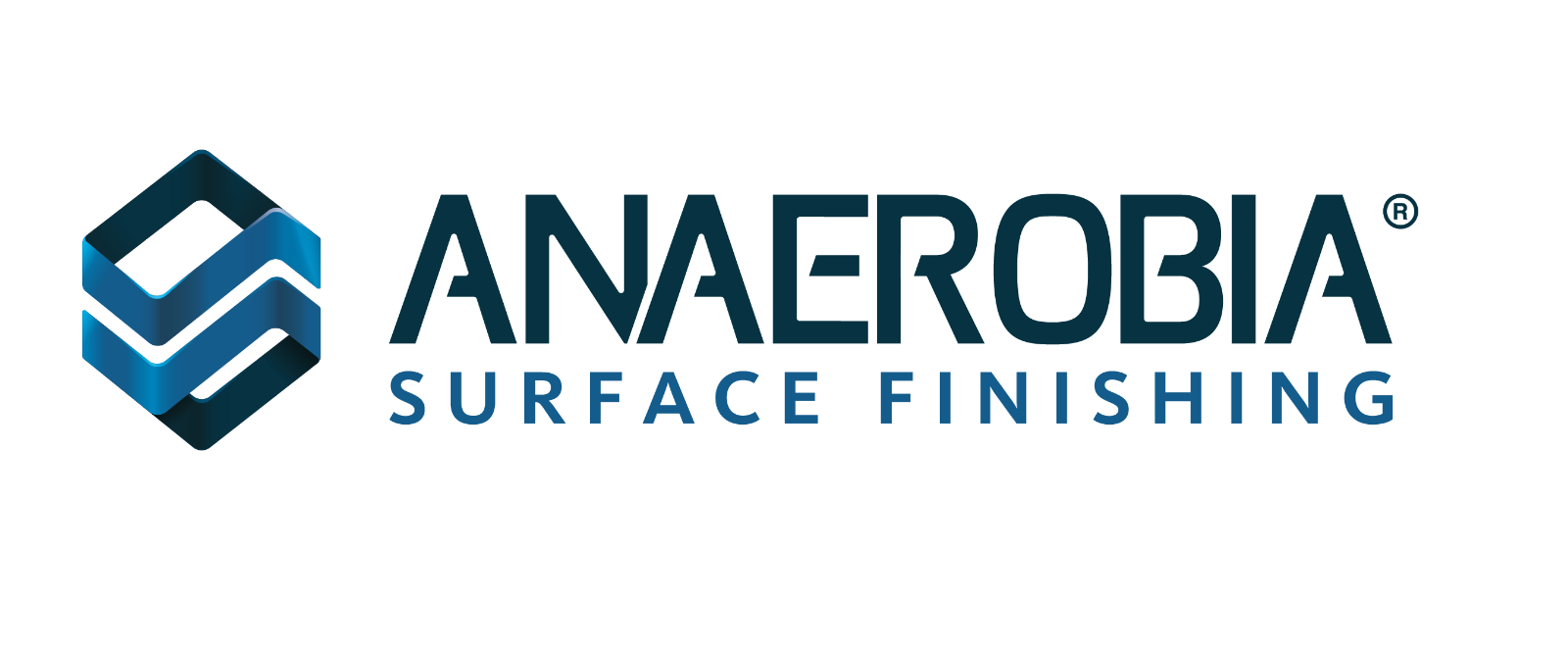LIQUID PAINT SYSTEMS
Our specialty is the design, manufacturing, installation, and commissioning of comprehensive paint systems, ranging from manual setups to programmable and fully automated systems.
Our specialty is the design, manufacturing, installation, and commissioning of comprehensive paint systems, ranging from manual setups to programmable and fully automated systems.
A liquid paint system encompasses a set of equipment, processes, and technologies used to apply liquid coatings onto surfaces made of various materials. Liquid paint systems serve to protect the surface, enhance its appearance, and meet other functional requirements of the products. They are used across any industry that requires surface finishing as part of its production process.
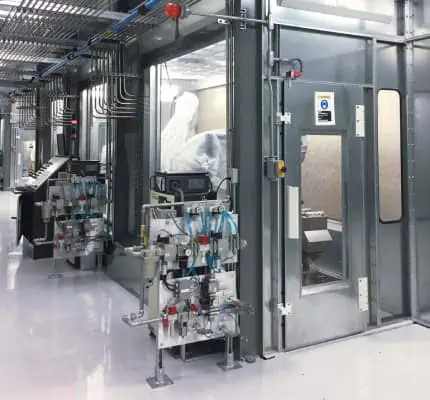
Our team has the necessary training and expertise to face the challenges of the industry.
We are present in the country’s industrial hubs to provide close and timely assistance to our clients.
Our equipment complies with international and national regulations.
Pretreatment is essential to ensure proper adhesion, durability, and appearance of the final finish. The pretreatment process may vary depending on the type of surface being painted. Before applying the paint, it is important to prepare the surface to guarantee proper bonding. This may involve cleaning, sanding, and in some cases, the application of primers. There are two types of pretreatment systems: chemical pretreatment and mechanical pretreatment, also known as shot blasting. Each type has qualities that can be applied effectively according to the specific conditions of every production process.
| Chemical Pretreatment | Mechanical Pretreatment |
| Allows the application of anti-rust sealant | Allows the use of various abrasive materials |
| Removes grease and oils | Removes scale, heavy rust, burrs, and existing coatings |
| Process versatility according to needs | Allows achieving the desired anchor profile |
Once the part has gone through the entire pretreatment process and the surface is clean and free of unwanted substances, it proceeds to the coating application stage. For a successful application, it is necessary to have a dedicated and appropriate space for this process. The most important component for the liquid paint system application process is the paint booth, which is a closed environment specifically designed for the controlled application of paint, coatings, or chemicals on objects or surfaces. These booths provide a controlled environment to ensure an efficient, safe, and high-quality painting process. They are common in industries such as automotive, aerospace, furniture manufacturing, and other sectors requiring precise and uniform finishes.
Additionally, the basic equipment for liquid paint application varies depending on the paint specifications and type of production. The basic components include paint spray guns, as well as paint supply and storage equipment. Application components vary according to the type of paint and the manufacturing process specifications.
It is possible to apply liquid paint without using a curing oven and allow the surface to dry naturally. However, it is important to consider that the time required for the paint to dry naturally will depend on several factors, including the type of paint used, environmental conditions, temperature, and humidity. Therefore, it can be beneficial to carry out the curing process with the help of a specialized oven. During this stage, the paint undergoes a series of chemical and physical changes that enable it to achieve its final properties, such as resistance, durability, and adhesion. Thus, it is important to ensure that the necessary conditions and tools are available for the paint layer to reach the desired properties.
Following the paint manufacturer’s recommendations regarding curing conditions is essential, as proper curing is critical to guarantee the quality and longevity of the coating.
Variety of finishes
Liquid paint is available in a wide range of colors and finishes, allowing for significant customization according to the aesthetic and functional requirements of the final product.
Investment costs
Compared to some more advanced coating methods, such as powder coating or thin-film coatings, liquid paint systems typically have lower initial investment costs.
Repair and Touch-Up
In case of damage or the need for touch-ups, liquid paint allows for easier and more localized repairs compared to some other coating methods.
We design paint systems tailored to each client’s needs and demands to ensure compliance with international standards (NFPA, OSHA, ETL, FM GLOBAL, ATEX, etc.).
Qualified and experienced team: Project Managers certified by IPMA.

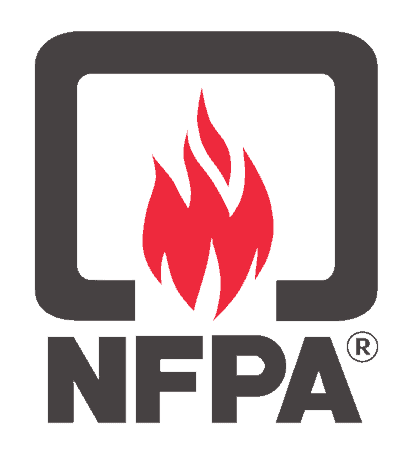
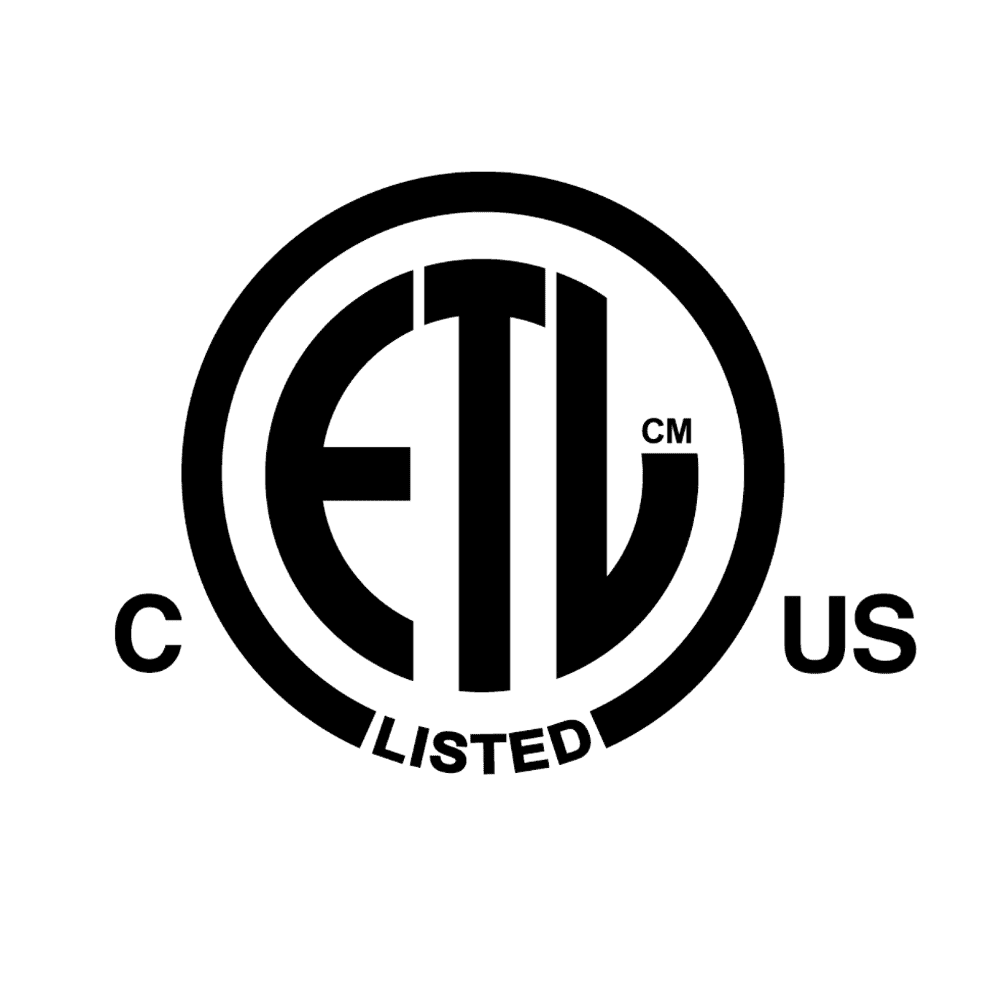
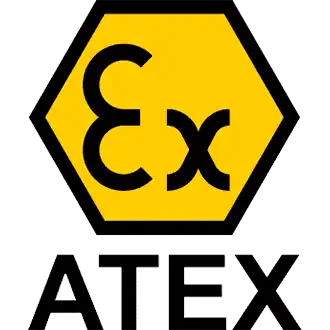
If you require additional information, please send an email.
Liquid paint is a coating applied in liquid form that dries through evaporation or thermal curing, providing a protective and aesthetic layer.
It offers a wide variety of finishes, is ideal for complex surfaces, and allows precise control over the applied layer.
Metal, wood, plastic, and other materials as long as they are properly prepared to ensure coating adhesion.
The surface must be cleaned, degreased, and, in some cases, sanded or primed to ensure proper adhesion.
The systems must be cleaned and maintained regularly, with special attention to the paint guns, nozzles, and ventilation system.
Experience that supports us.
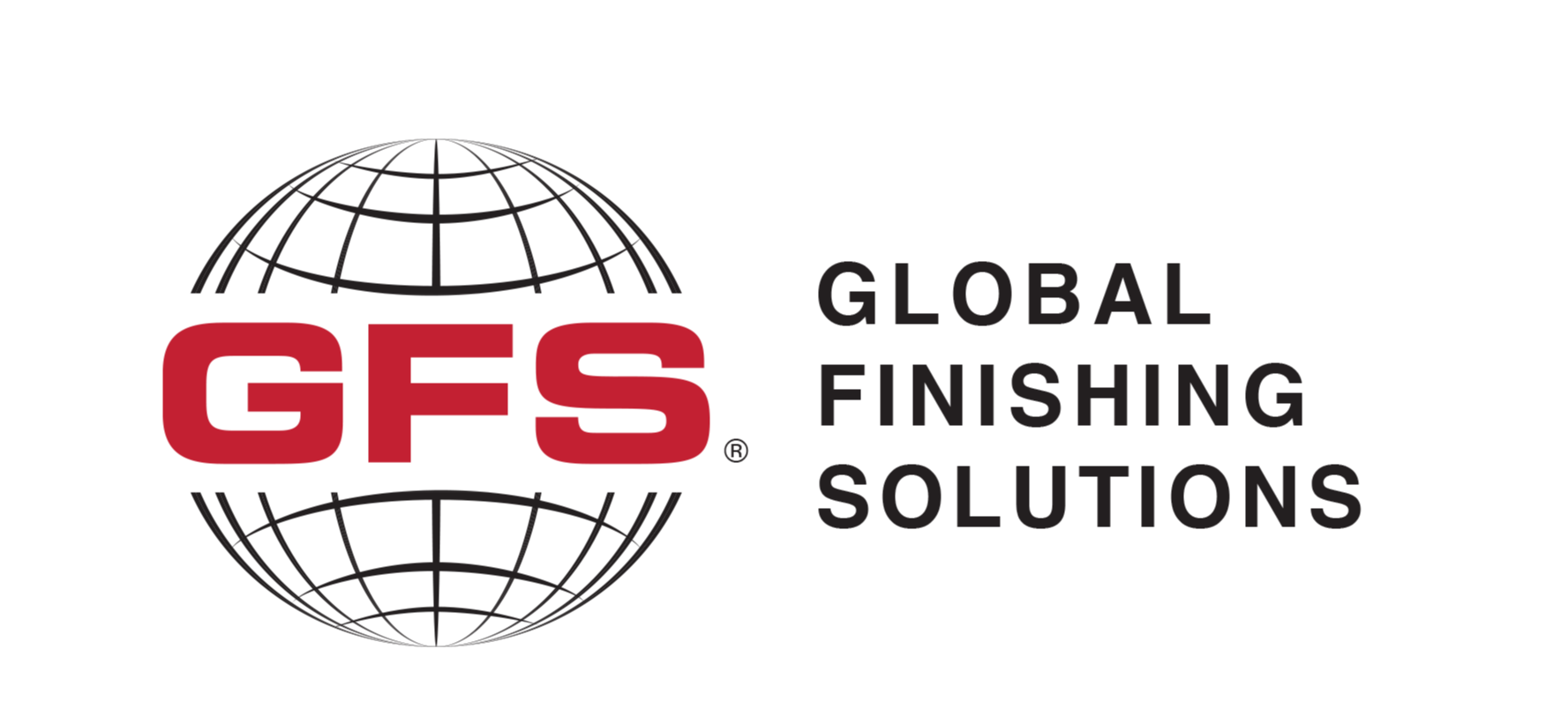
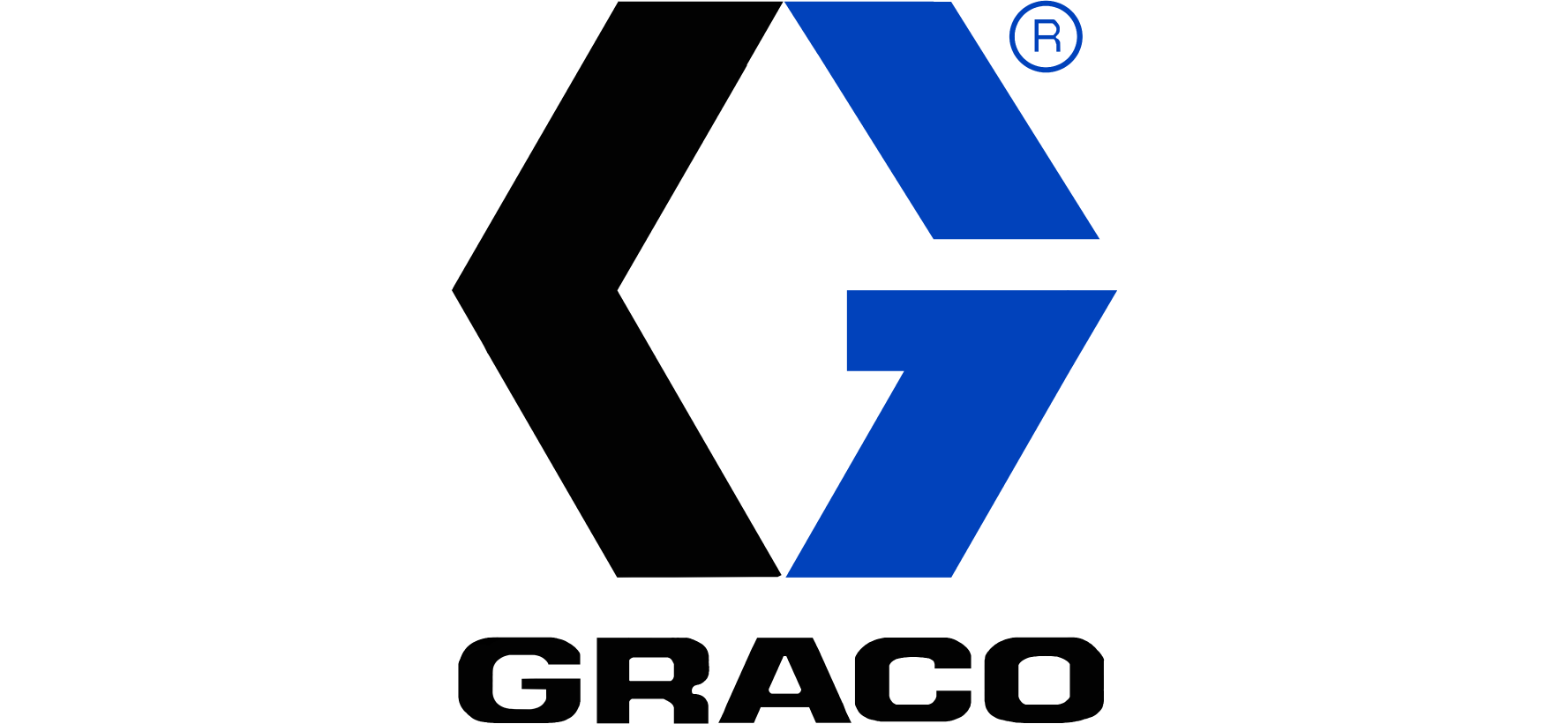
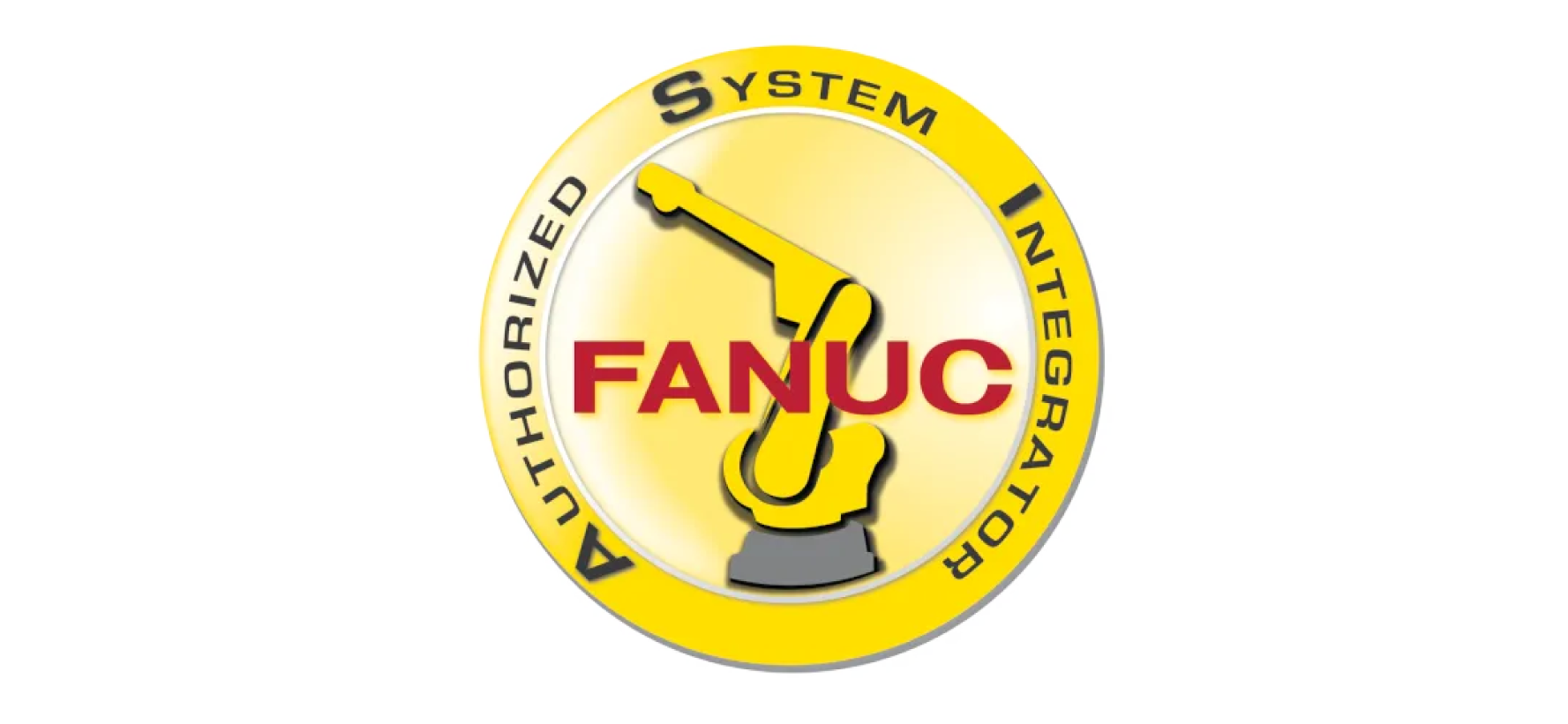
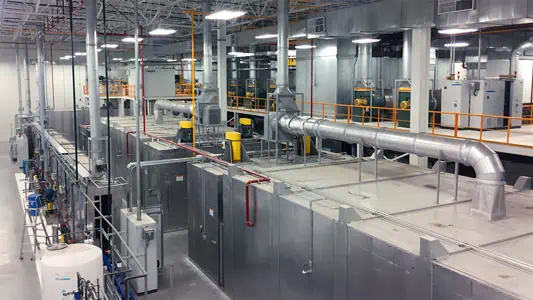
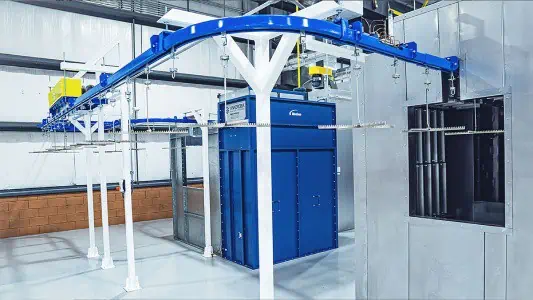
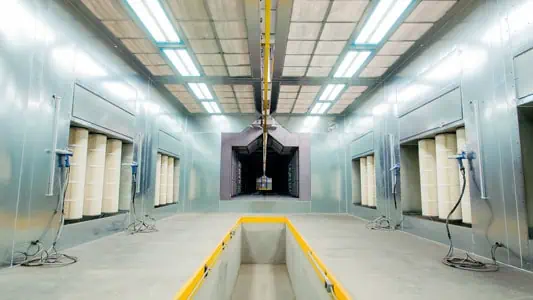
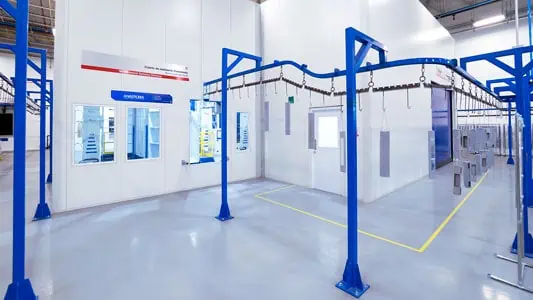
MÉXICO
México +52 222 283 9604
info@anaerobia.com
Paseo Sinfonía No. 5 L3-14
Lomas de Angelópolis
Puebla, México 72830
UNITED STATES MICHIGAN
USA: +1 810 538 5775
Troy, Michigan
© 2025 Sistemas de pintura industrial.
